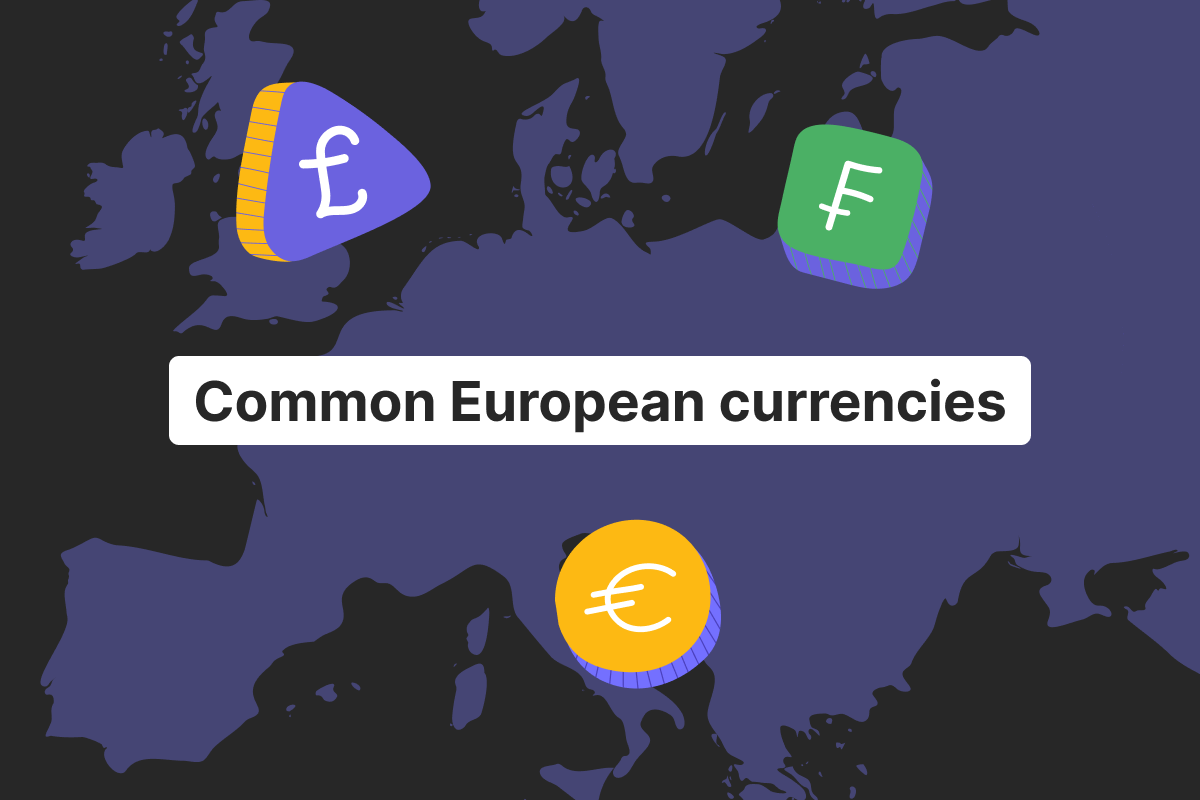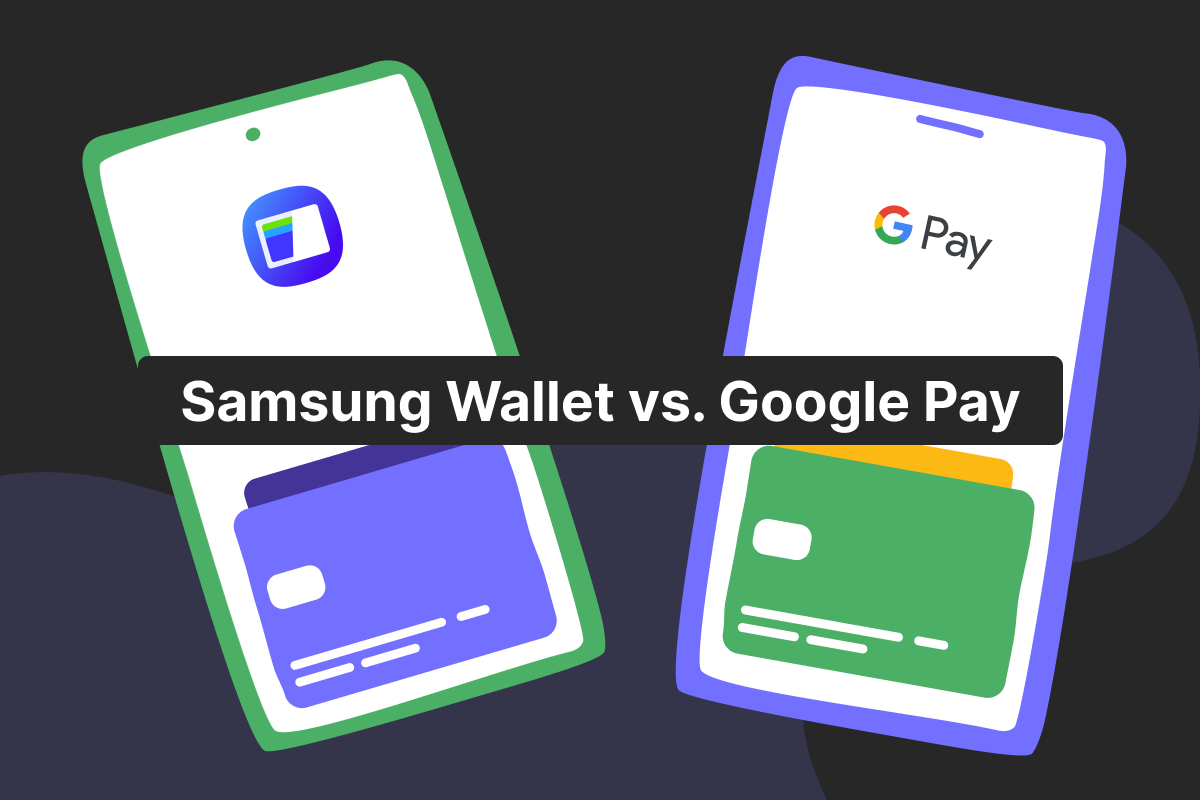Different types of e-banking (electronic banking) have changed the way we manage financial obligations. They work by streamlining financial transactions and giving easier access. Given the increasing importance of the digital economy, e-banking has become a huge part of our lives.
There are several different ways this can be carried out. These include internet banking using online platforms and mobile banking on apps. These different ways of accessing virtual banking services have led to a diverse e-banking industry. It’s now possible to manage your money in a way that suits you perfectly.
Internet banking (online banking)
Internet banking services started appearing in the 1980s. Some banks began to offer customers the chance to access their accounts using dial-up services. However, it was around the turn of the century before traditional banking moved online with bespoke portals where it was possible to check the balance, transfer funds, and pay bills.
These days, internet banking services are offered through highly secure websites where customers need to log in. It means that financial institutions can offer a full range of e-banking services around the clock.
With instant bank transfers and account statements with details of their transaction history at every client’s fingertips, it’s become far easier to manage bank accounts conveniently and make an electronic funds transfer at any time, thanks to net banking.
Mobile banking
The next of the main internet banking types to look at provides simple access to a range of banking services through an app that can be downloaded to the customer’s device. As smartphones and tablets have exploded in popularity, mobile account management has turned into one of the most popular types of e-banking. As you’d expect, online banking through a smartphone lets you check your balance and directly transfer funds to others. You can even deposit funds by using the camera to capture an image of a cheque.
Keeping your bank accounts secure is one of the key areas to be aware of when investigating internet banking services and mobile banking apps. When using an app as an internet banking portal, you should be sure to update it regularly to get the benefit of any new features. You also need to introduce strong passwords. Consider two-factor authentication to enhance security where possible.
Open an account
in Genome online
Telephone banking
Telephone was one of the first alternatives to traditional banking offered to the public in the 1980s. While the rise of internet banking has caused it to lose some of its appeal, new technology has helped make this a useful alternative to other e-banking services as part of your overall financial management.
Telephone banking typically involves automated or agent-assisted calls. During these calls, it’s possible to check account balances, pay utility bills, and request transfers. It may prove to be a useful alternative for someone who doesn’t have consistent internet access. Security measures such as PINs and voice authentication ensure a safe experience.
SMS banking
SMS banking was successfully introduced as one of the earliest types of remote banking services. It helped reduce the need to visit bank branches. The method involves text messages being used to send customer alerts. It can also be a useful way of checking account balances and authorizing transactions if you don’t have a stable internet connection.
It’s a simple and effective way to keep an eye on your bank accounts or revise bill payments. No mobile app or internet browsing is required. You should only use devices with robust security measures and avoid sharing any personal data over unencrypted SMS messages.
ATM and self-service banking
This history of automated teller machines (ATMs) stretches back to the mid-1960s. As a way of carrying our electronic transactions securely, this could be considered one of the earliest types of electronic banking platforms.
They were originally added to physical bank branches as a way of making cash withdrawals outside traditional banking hours. Most banks now use them to offer various banking services.
ATMs offer instant access to e-banking services like fund transfer options or payment services. The introduction of new technology has helped financial institutions offer more options at their ATMs. These include multi-currency withdrawals, contactless card options, and mini-statements.
Where supported, cardless ATM access can be gained through integration with phone banking or apps.
Digital wallets and e-money accounts
Digital wallets have emerged as an alternative for carrying out financial transactions online or in stores. They’re typically designed as apps where the customer can store their cards. It’s easy to access them to make speedy payments and online transactions with no fuss.
They represent a convenient type of electronic banking. You can carry out one-tap transactions and lower your need to handle cash while making secure online purchases. The tokenization keeps the card details secure and protects customer data by masking the real card details. With e-money institutions offering virtual accounts and multi-currency management becoming more popular, this is an increasingly effective way of managing banking accounts.
Open an account
in Genome online
What is e-banking, and why does it matter?
E-banking can be described as any method of performing banking transactions electronically. As we live in a digital world where speed, security, and convenience are crucial, this has emerged as one of the most effective ways to conduct financial transactions.
E-banking is available 24/7, so it has also proved to be invaluable. People can now look for ways to pay bills and check their balance without affecting their lifestyle.
Electronic banking offers financial inclusion with e-banking services that anyone can access. Being able to make an electronic funds transfer or check if you’ve received incoming online fund transfers at any time is a major benefit for businesses as well as individual customers.
How Genome fits into the e-banking landscape
Genome is a reputable and trustworthy electronic money institution that’s licensed and supervised by the Bank of Lithuania. With a product range from personal and business accounts to dedicated IBAN features and multi-currency accounts, we provide simple ways to manage all your financial operations online, anytime, anywhere! You can do so with ease using our web platform or a Genome app.
All our clients get access to SEPA Instant and Credit Transfers for quick euro payments across the EU.
You can also order virtual and physical Visa debit cards for your personal and business needs in just a few clicks. Pay in-store, online, or contactless (compatible with Apple Pay, Google Pay, and Garmin Pay).
Our business wallet users can unlock access to international transfers, allowing them to send funds to over 40 countries in 11 currencies!
How electronic banking can make life easier
The overview of the main types of electronic banking has shown how internet banking, mobile banking, digital wallets, and other approaches are used to make life easier. Before choosing which method is right for you, take a moment to consider your needs. Areas such as convenience, security, and costs are key for the majority of users.
Flexible and secure solutions like Genome have been created to help individuals and businesses thrive in a digital economy where smooth, secure access to electronic banking is more crucial than ever before.
Online banking empowers customers to take control of their finances and access e-banking services that use the latest technology to simplify their lives.
Open an account
in Genome online
FAQs
Is e-banking safe for large financial transactions?
Yes, this type of electronic banking is secure for business customers who need to carry out a variety of financial transactions safely and speedily. It can also be used simply to check their account statements. Even international transfers and other bill payments across the world can be carried out on secure e-banking platforms.
Do I need separate logins for each type of electronic banking service?
Different services from the same company may be linked, meaning that you only need a single login. For security reasons, you should consider creating unique passwords for each electronic banking service you use on different apps and platforms.
How do I protect my personal data when banking online?
Only carry out internet banking and mobile banking with reputable institutions that have a license to operate. You should also ensure that your devices are secure and any apps are regularly updated. Be sure to create strong passwords when using e-banking platforms.
Can I use e-banking if I travel abroad?
Yes, one of the advantages of online banking is that you can access your bank statements and carry out transactions like secure fund transfers at any time, wherever you are. Take a moment to be sure that you have all the relevant passwords and access codes before going abroad.
Is there a difference between e-banking and digital banking?
Digital banking is a broad term that can cover online banking, mobile banking, phone banking, and more. E-banking is generally used to refer specifically to internet banking. Yet, you might hear these terms being used interchangeably.
Are there any fees associated with using multiple e-banking channels?
There are typically no charges for using e-banking or mobile banking. You can expect to see the normal transaction fees charged when you transfer funds or carry out other types of activity, such as international transactions.






